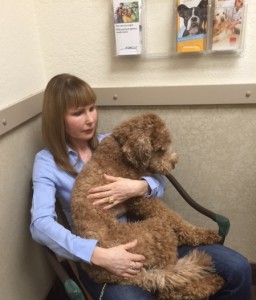 In July 2015, former Enron board member, New York Times columnist, and champion of ever more government control of health care, Professor Paul Krugman, wrote a disturbing blog entry:
In July 2015, former Enron board member, New York Times columnist, and champion of ever more government control of health care, Professor Paul Krugman, wrote a disturbing blog entry:
Wonkblog has a post inspired by the dentist who paid a lot of money to shoot Cecil the lion, asking why he — and dentists in general — make so much money. Interesting stuff; I’ve never really thought about the economics of dental care.
But once you do focus on that issue, it turns out to have an important implication — namely, that the ruling theory behind conservative notions of health reform is completely wrong.
For many years conservatives have insisted that the problem with health costs is that we don’t treat health care like an ordinary consumer good; people have insurance, which means that they don’t have “skin in the game” that gives them an incentive to watch costs. So what we need is “consumer-driven” health care, in which insurers no longer pay for routine expenses like visits to the doctor’s office, and in which everyone shops around for the best deals.
Krugman goes on to insist dentistry is a consumer-driven market: Insurance is far less prevalent in dentistry than in medicine, and most dental care is routine and preventive. Yet, he points out, costs of dental care have risen at the same rate as those of other health care, not at the rate of other consumer goods and services.
Read More » »






